China's snack market: Great opportunity for Vietnamese products
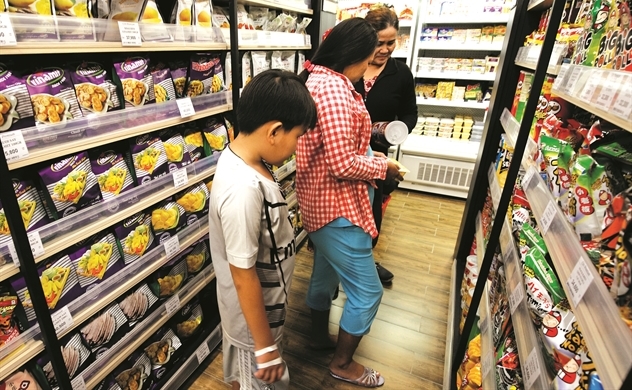
Photo: QH
It was regrettable for Tay Cat company in Mekong Delta’s Dong Thap province. There was an order for 12 tons of banana snack per week, but the company could only supply maximum 5 tons.
“We are not able to increase the production capacity since we decided to make the products with traditional methods. Machines could take away traditional taste of our craft products,” said Nguyen Thi Cac Thuy, Director of Tay Cat company.
Potential market
Currently, the company has several clients from China, Singapore, Malaysia ordering banana bread, but it can only provide half the demand. The small business in a remote province has achieve success thanks to the trend of importing homegrown products to satisfy increasing demands of youngsters.
According to Vu Kim Hanh, head of High Quality Vietnamese Goods Business Association, products made from Vietnamese agricultural products can easily access the world market. Countries prefer products made from natural ingredients for good health.
China is experiencing speedy growth in the snack market. Nguyen Lam Vien, General Director of Vinamit Company, said that junk food is considered as a trend in the world, especially in China. Cereals, roasted seeds, legumes, dried fruits, jams, dried seafood ... are strongly consumed in China.
According to a survey done by Vinamit, the annual averaged growth rate of the entire snack industry in China is at 3.58%. The country’s amount of consumed snack in 2017 was almost 17 million tons, and 17.5 million tons in 2018. Snack food production in China is forecasted to increase to 18.26 million tons in 2019.
Snacking is a trend of young Chinese people. Many people even choose to snack instead of rice. Sales of this kind of food increases from 4-10% per year and it is growing strongly. The trend of using junk food as main food has been popular.
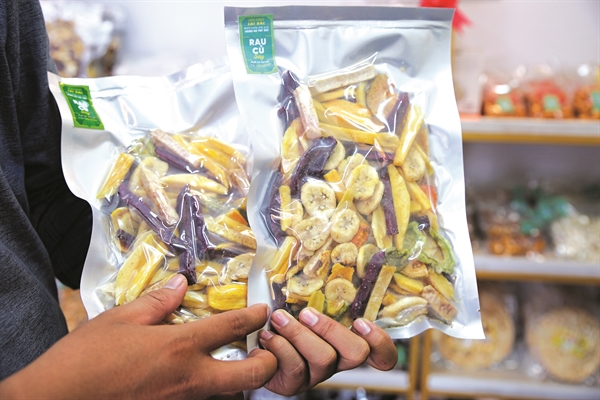 |
| Photo: Thien An |
"Vietnamese businesses need to catch up with the trend and have stronger investment into this segment," Vien shared. In terms of value, the size of the snack market in China increases exponentially. In 2017 it increased to $68 billion, in 2018 reached $70 billion. It is expected that in 2019, the market has value of more than $76 billion.
However, Vien noted that businesses must use the natural flavor and should not abuse chemical substances. Chinese consumers are very smart. They are very sensitive enough to discover products without no natural flavors.
Doing business in China
“Snack producers in the world are so creative. They produce peanuts coated with coffee. Making flour into snack foods and other products including dried lemon, lemon detox, vinegar juice from longan to strengthen the body's immune system,” said market expert Ngo Dinh Dung.
With 20 years of experience exporting goods to China, Vien advised that enteprises enter this market through shops and supermarkets.
After getting success in convenience stores, supermarket, enterprises need to promote online sale through Taobao, Alibaba... Thanks to the E-commerce platform, customers can make orders directly with suppliers in Vietnam.
In addition, Yen also noted the difference in culture. Enterprises need to change the brand names when exporting to this country. Vinamit exported goods to China have its brand changed Duc Thanh. World most famous brands such as Starbucks, P&G have to change their names in this market.
Hanh acknowledged that agricultural products and foodstuffs could easily access the world market since consumers are fond of products made from nature which are healthy. Vietnam has advantage of raw materials and agricultural products, which can be used to make junk food for export.
Same category news
-
Huyen Hoang

 TIẾNG VIỆT
TIẾNG VIỆT 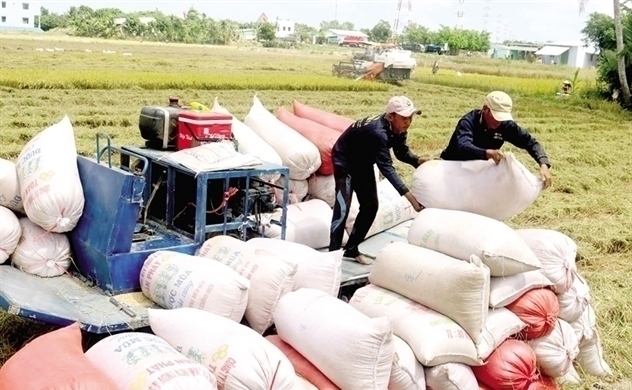

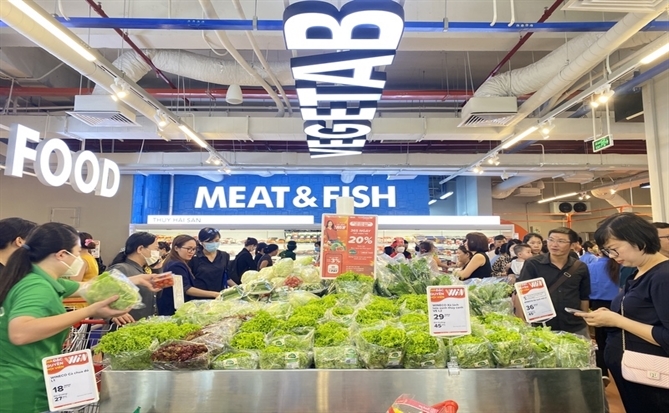



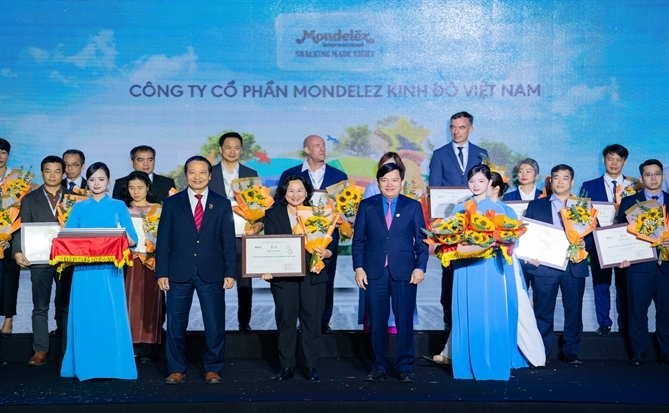



_131447820.png)







